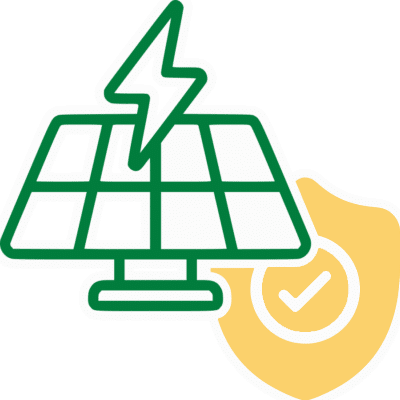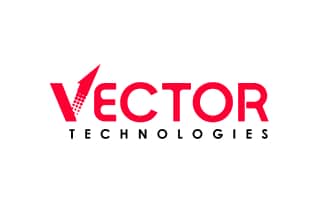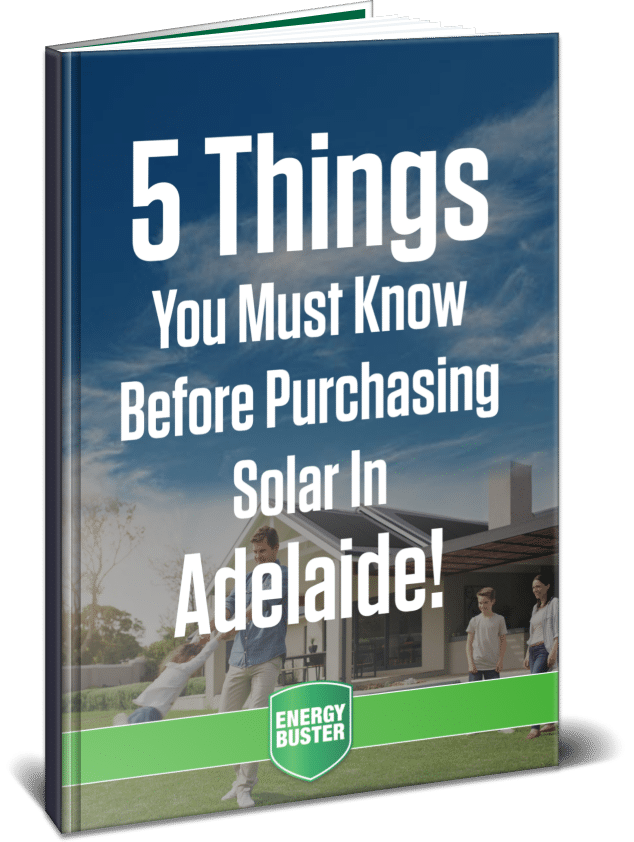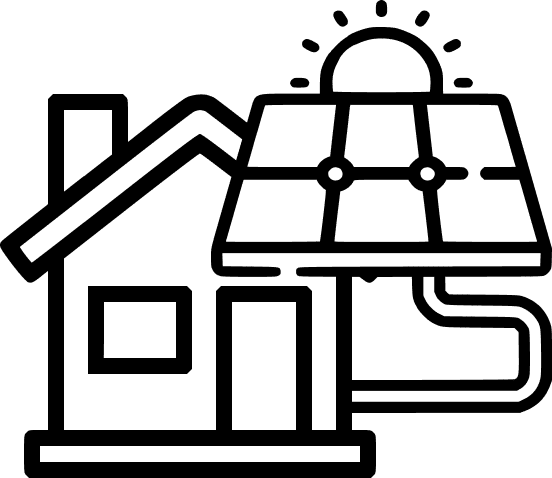
The patented technology used in our solar panels ensures maximized efficiency – even in low light – which means greater savings for our clients year round.

Research shows consumers are 100 times more likely to return a standard panel over a SunPower Panel, a testament to their quality.

The most comprehensive warranties available on the Australian market, with a full 40 Year Warranty and no hidden fine print.
Solar Systems
Significant Savings with 30kW Solar Systems Adelaide
Looking for a reliable and sustainable energy solution for your commercial property?
As a rough estimate, a 30kW solar system can generate the equivalent of $10,000 to $20,000 per year.
At Energy Buster, our packages are designed to provide efficient and cost-effective electricity generation for residential and commercial properties. By installing this system, you can significantly reduce your energy bills and contribute to a greener environment.
Our team of experts will ensure seamless installation and excellent performance. Experience the benefits of clean energy with our solar systems in Adelaide.
Upgrade to sustainable energy with our comprehensive solar panel packages, tailored for efficiency and cost savings.
Contact us today for an obligation-free quote.
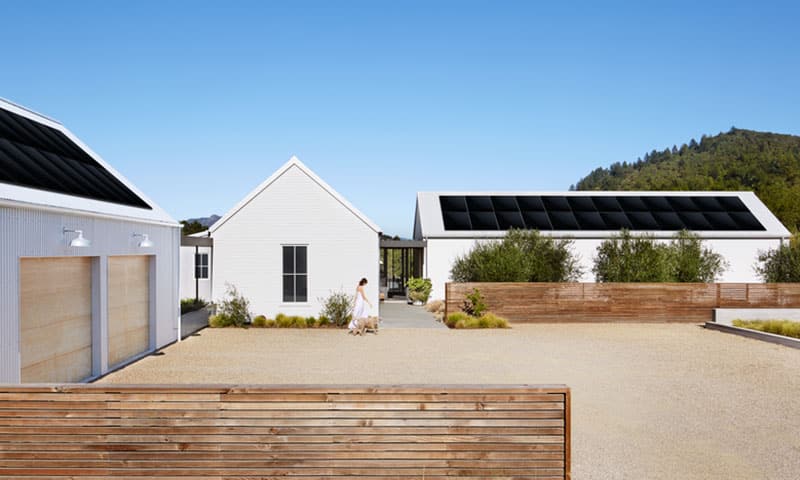
What are the best types of 30kW solar systems?
The best types in Adelaide depend on various factors, including your specific requirements and budget. Here are some popular options to consider:
- Monocrystalline Panels: They are known for their high efficiency and sleek design. They are made from single-crystal silicon, allowing them to convert sunlight into electricity efficiently.
- Polycrystalline Panels: These panels are made from multiple silicon crystals, making them cost-effective compared to monocrystalline panels. While they may have slightly lower efficiency, they still offer good performance.
- Hybrid Systems: These systems combine panels with energy storage solutions, such as batteries. They allow you to store excess energy for use during nighttime or power outages, maximising self-consumption.
- Smart Systems: These systems incorporate advanced monitoring and control features. They enable you to track energy production, monitor system performance, and optimise energy usage, providing greater efficiency and control.
- Micro-Inverter Systems: Instead of a single inverter, micro-inverter systems have individual inverters for each panel. This design ensures maximum energy output even in partially shaded conditions.
How much does a 30kW solar system cost?
The cost of a 30kW system can vary depending on several factors, including the type and quality of the solar panels, inverters, mounting equipment, installation complexity, and any additional features or components.
On average, the cost in Adelaide can range from around $30,000 to $45,000, including installation. However, it’s important to note that this is just an approximate cost, and prices can vary significantly.
To get an accurate quote, reach out and speak to a member of the Energy Buster team. Our experts will assess your specific requirements, conduct a site visit if necessary, and provide you with a detailed estimate based on your unique circumstances.
Additionally, government incentives, such as rebates or feed-in tariffs, which can help offset the cost of installing the system and make it more financially viable in the long run.
30kW solar system benefits
✔ Energy Cost Savings: It can significantly reduce your electricity bills by generating clean and renewable energy from the sun. You can potentially offset a large portion of your energy consumption, leading to long-term cost savings.
✔ Environmental Sustainability: By harnessing renewable energy, you contribute to reducing greenhouse gas emissions and dependence on fossil fuels. Solar energy is a clean and renewable source of power, making it an environmentally friendly choice.
✔ Return on Investment (ROI): Investing in this type of system can provide a favourable return on investment over time. The savings on energy bills, along with any available government incentives or feed-in tariffs, can help recover the initial investment and generate long-term financial benefits.
✔ Increased Property Value: The installations are considered valuable additions to properties. It can enhance the value of your Adelaide property, making it more attractive to potential buyers in the future.
✔ Energy Independence: By generating your own electricity, you become less reliant on the grid and are better prepared for power outages or fluctuations. With the addition of energy storage options, such as batteries, you can store excess energy for use during nighttime or cloudy days, further enhancing your energy independence.
✔ Durability and Low Maintenance: They are durable and have a long lifespan, typically ranging from 25 to 30 years. They require minimal maintenance, with occasional cleaning and inspections to ensure optimal performance.
✔ Positive Environmental Impact: By choosing renewable energy, you actively contribute to reducing carbon emissions, air pollution, and the overall environmental footprint. This promotes a cleaner and healthier environment for current and future generations.
What is the installation process for a 30kW solar system?
The installation process typically involves the following steps:
Step One: Consultation and Assessment
Begin by contacting companies to discuss your energy needs, budget, and site suitability. They will assess your property’s roof space, orientation, shading, and electrical infrastructure to determine the feasibility of the installation.
Step Two: Design and System Customisation
Based on the assessment, the company will design a customised system that meets your energy requirements. This includes selecting the appropriate panels, inverters, mounting equipment, and any additional components.
Step Three: Permits and Approvals
The company will handle the necessary paperwork, including obtaining permits and approvals from local authorities and utility companies. This ensures compliance with regulations and grid connection requirements.
Step Four: Installation
Once the permits are in place, the installation team will schedule a date for the installation. They will install the panels on the designated roof area using mounting equipment and ensure proper positioning and orientation for optimal sunlight exposure. In addition, they will install the inverters, wiring, and other necessary electrical components.
Step Five: Electrical Connection
After the physical installation, the company will connect the system to your property’s electrical panel. This involves working with a licensed electrician to ensure safe and proper wiring connections, as well as the installation of a bi-directional meter for monitoring energy flow.
Step Six: System Testing and Commissioning
Once the installation is complete, the company will conduct thorough testing and commissioning to ensure that the system is functioning optimally and safely. This includes verifying proper electrical connections, conducting performance tests, and checking for any potential issues.
Step Seven: System Activation and Monitoring
Once the system passes all tests, it will be activated, and you can start generating power. The company may provide you with monitoring tools or software to track your system’s performance and energy production.







